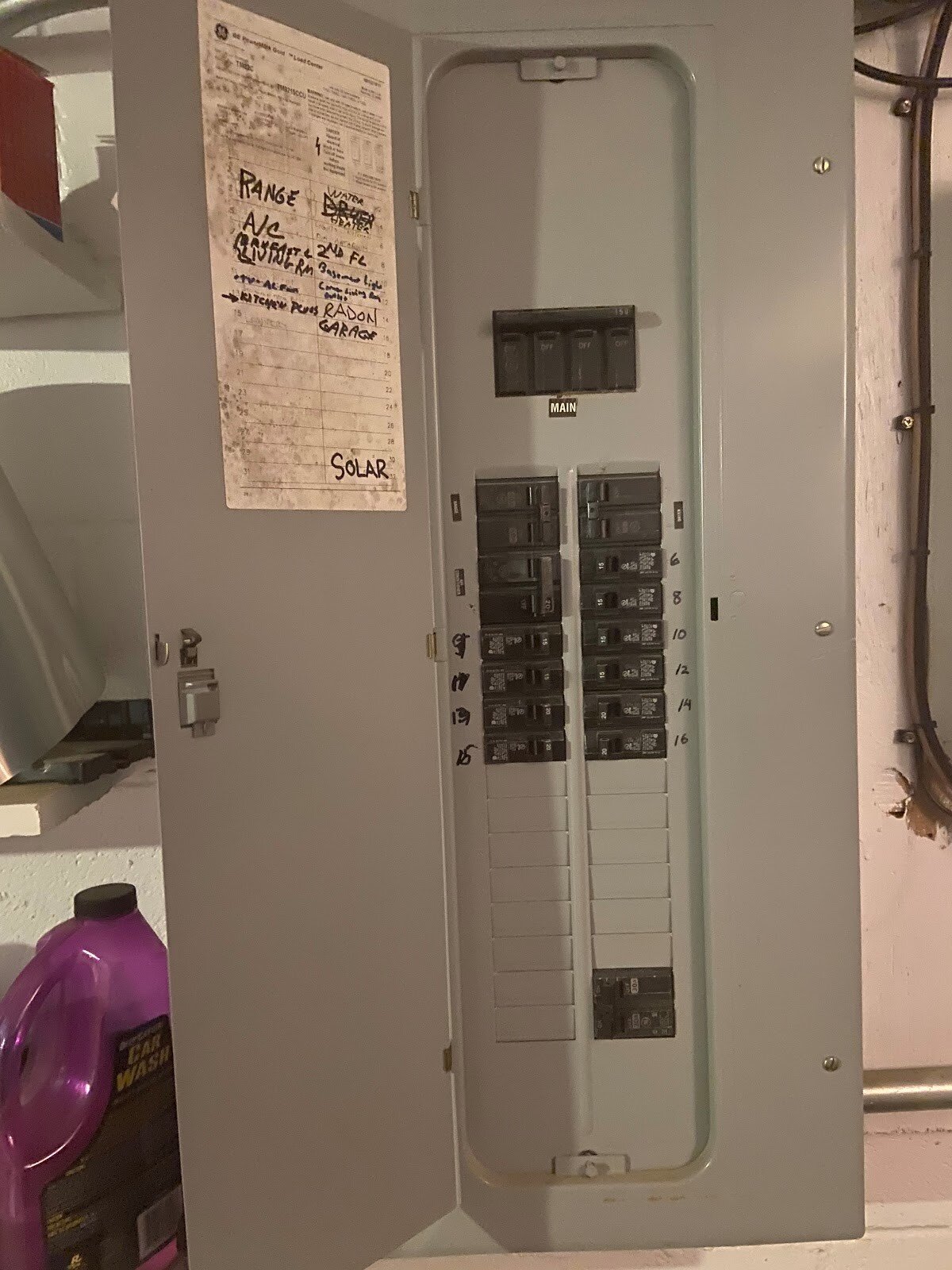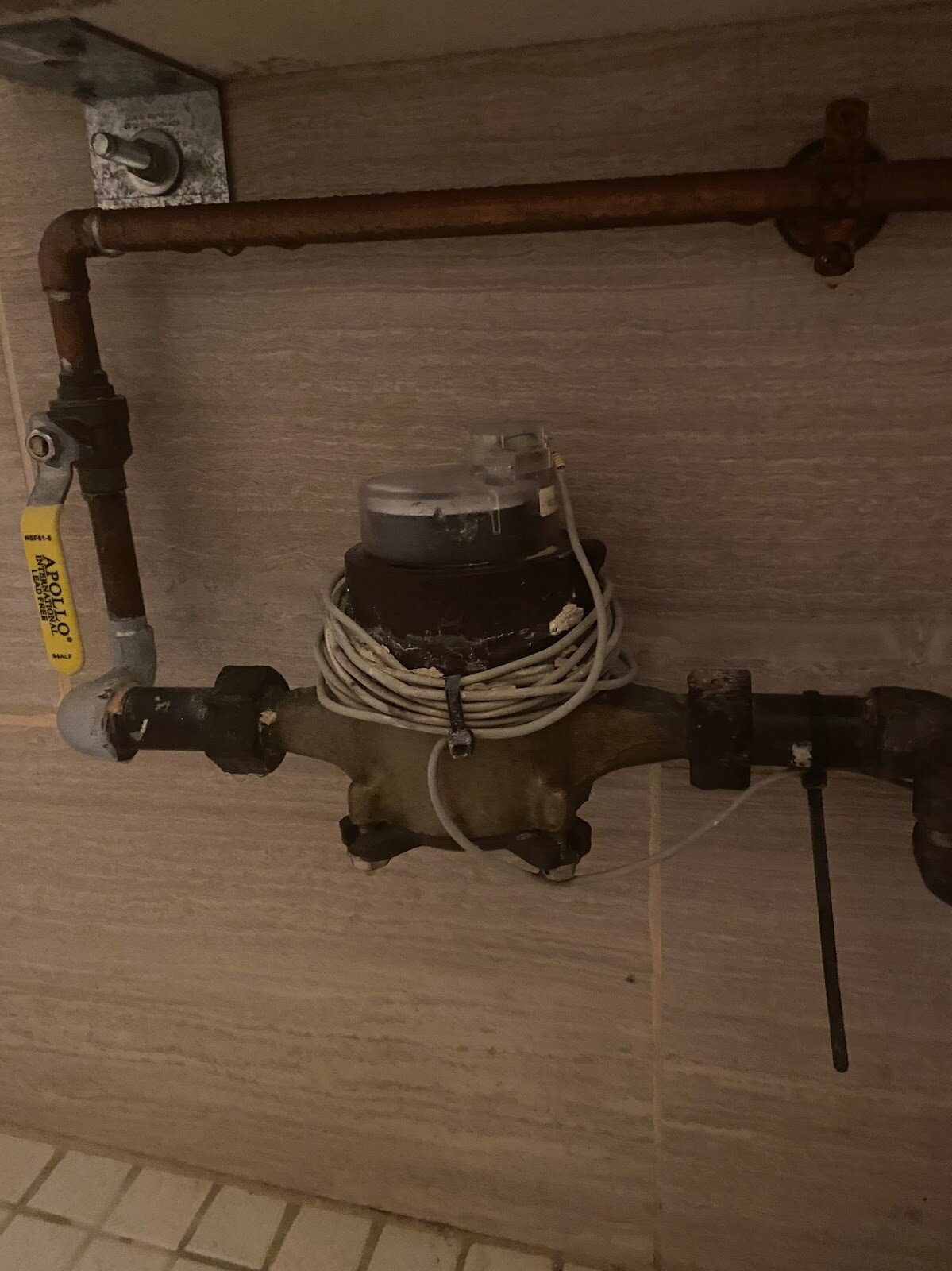There’s a lot of anticipation in our household right now. We are just weeks away from our tenth anniversary—and from moving into the fourth home we’ve bought together. We know it better than anyone: Moving into a new home is an exciting time! You have new neighbors, new restaurants and shops, and a change of scenery. But before you can enjoy all the changes, you’ve got your work cut out for you. Boxes need to be unpacked, rooms need to be decorated, and you need to settle in. With so much on your to-do list during the move, there are some very important steps you’re likely to overlook!
To help, we’ve compiled a list of important tasks that you should be sure to take so that your new house really feels like home.
Final Tasks During Your Move
Here’s a quick checklist to rundown:
1. Write down the addresses and phone numbers for local emergency resources. Make sure you have the number and address for the closest:
police station
fire station
emergency room
Most of these emergency resources can be contacted through 911, but it’s important to know where they are in case you’re unable to seek help via phone. For assistance in finding this information, check our Pittsburgh neighborhood reports for detailed information in each neighborhood.
2. Change your locks. This is a critical home security step you shouldn’t overlook. Changing the lock on the front door is essential, but don’t overlook other access points with doorways: Your garage, shed, your garage, or even a cellar door. If you have doorways with padlocks already installed, consider changing the padlocks.
3. Change your address with your utilities, subscriptions, and other entities. There are likely dozens of companies that rely on your address to send bills and mail. You should alert all of them as quickly as possible. Some of the most important to remember:
Work
Power
Water
Gas
Internet
Phone
Bank
Online shopping (Amazon and Target are on our list!)
To make sure your mail keeps coming if someone doesn’t have your new address, ask the US Postal Service to start forwarding your mail from your old address. You can knock that out online.
4. Learn the neighborhood. Take the family on a walk or a drive around the neighborhood. A few things to think about as you explore:
What’s the fastest route to the highway?
How do I reach the nearest grocery store?
Where is the closest pharmacy?
Where should the kids get on the school bus?
Where is the nearest bus stop?
What are the best restaurants for takeout and delivery?
Where is the local hardware store?
Getting a feel for the neighborhood early on will make your transition much smoother.
5. Find and label your fuse box and main water valve. This is a critical step that you’ll thank yourself for completing if disaster strikes at some point. If the power goes out, you need emergency electrical work, or a pipe bursts and begins flooding the house, taking these steps now means you can quickly resolve the problem when necessary.
6. Change out the batteries in your smoke detectors. You should have a smoke detector on every floor, as well as in every bedroom. It’s recommended to change batteries twice/year, and it’s always a good idea to test them when you move in to make sure your family is well protected in case of an emergency. While you’re at it, make sure your family has an emergency evacuation plan, and fire extinguishers on hand!
Ask For Help When You Need It
In addition to helping other people move, we’ve changed houses plenty of times in our marriage. If you have additional questions about moving, contact us! We’re happy to answer any questions you have.
Cheers,
Julie & Ted




